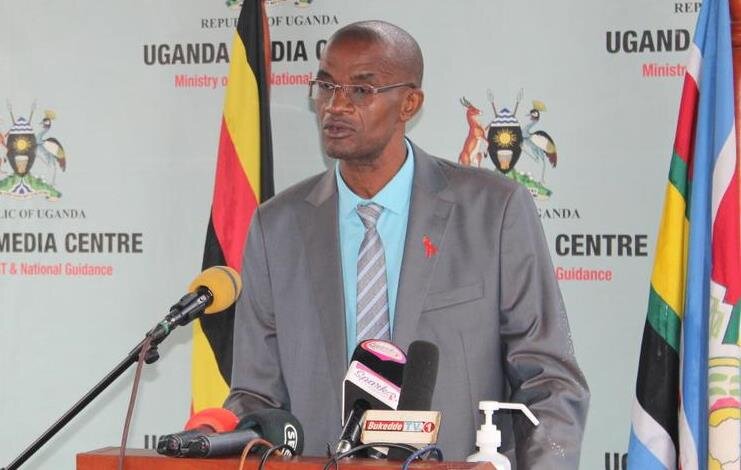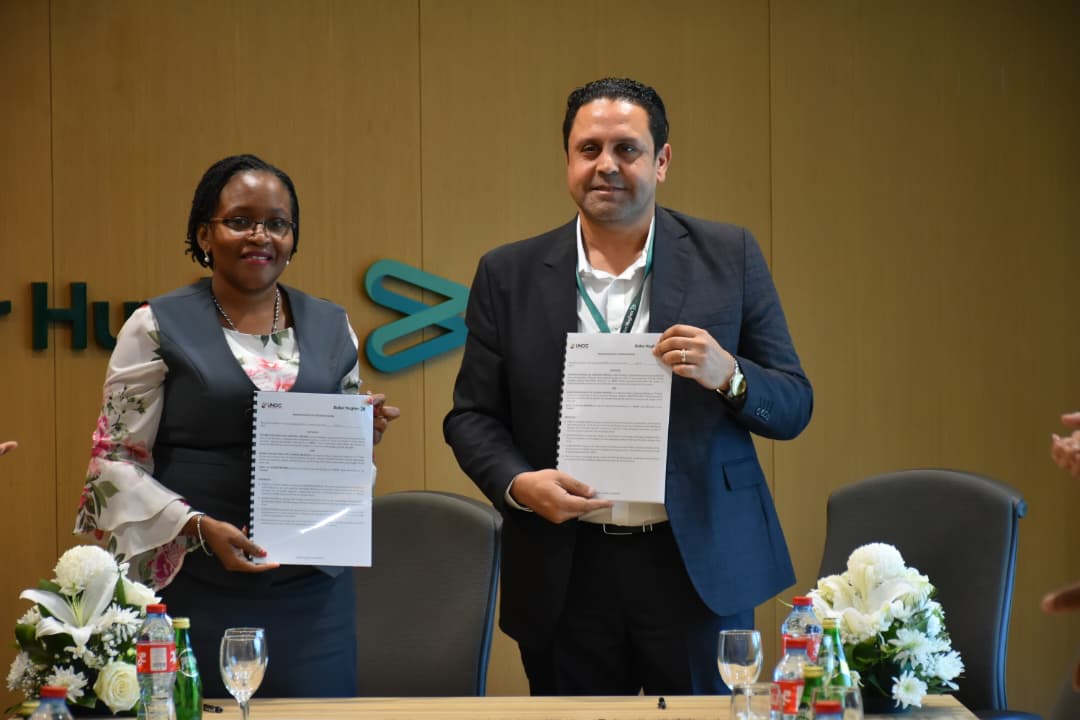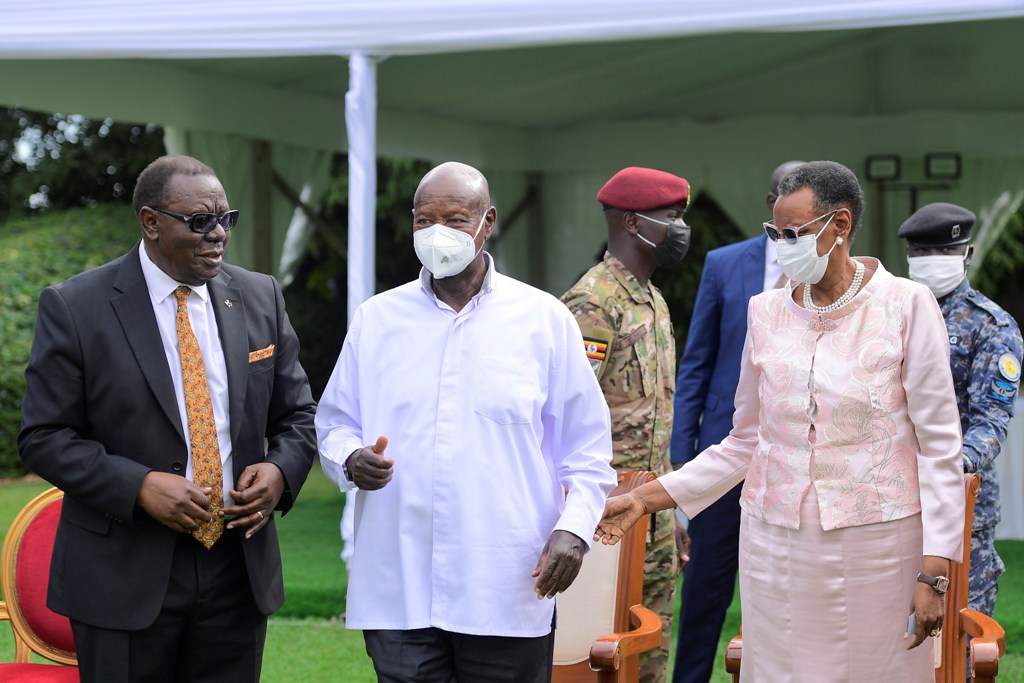EXCLUSIVE INTERVIEW: Good behaviors, use of condoms key to eradicating HIV – UNAIDS boss says.
We saw that in the same year, about 42% of the new cases were among the age of 15-24, years and within that same age group, 4 out of 5 in the new infections that occurred were among adolescent girls.

The Human Immunodeficiency Virus (HIV), the virus that causes Acquired Immunodeficiency Syndrome (AIDS) remains a global health especially in developing countries like Uganda. Nations remain committed to its eradication.
In Uganda, Uganda AIDS Commission, together with partners will host the National HIV and AIDS symposium due 8-10th November 2022.
In this exclusive interview, our reporter Fahim Muyingo talks to Jotham Mubangizi, the Head of Strategic Information at UNAIDS Uganda, about the state of virus in Uganda and what is being done to ensure it is eradicated as a public health threat by 2030.
Coming from the COVID19 pandemic, what is the status of HIV/AIDS in Uganda?
Uganda has done well in terms of reducing new HIV/AIDS infections and HIV/AIDS related deaths. New infections reduced the last decade by over 35% and AIDS related deaths by about 67%.
But we have seen especially during the COVID-19 period particularly 2021. We have realized relatively 54,000 HIV new cases in that year alone.
We saw that in the same year, about 42% of the new cases were among the age of 15-24, years and within that same age group, 4 out of 5 in the new infections that occurred were among adolescent girls.
It is a worry and it is a concern that adolescent girls continue to be infected at that high rate yet they need to be in school and they are the future mothers of this nation.
Donors and development partners have given Uganda a lot of money to fight HIV/AIDS, what would be your assessment of the progress made or the lack of it?
We received close to $700 million from development partners over the last couple of years and we thank our partners for that because this has been sustainable.
With their funding, we have been able to sustain close to 1.2 million people on ARVs and with their funding we have been able to scale up prevention and treatment.
We call upon the government of Uganda to increase their proportion of allocation of the budget such that ultimately, they can be able to take on the burden.
What are the current challenges that people in the fight against HIV/AIDS are facing?
I think, continuously, the government and development partners have walked the journey together to contribute to the reduction of new cases and address the broader HIV issues. What continues to happen in the HIV arena is that here are still issues like stigma and discrimination that happen within our communities.
The issues of gender based violence and issues of poverty, continue to pull the adolescents and young people and other vulnerable communities, into the act of getting new HIV infections.
Sex, the leading means of acquiring HIV, is now easy to get/access, what interventions and measures can be used now to minimize the spread of HIV/AIDS?
The main route of acquiring HIV infections is hetrosex, and we call upon for the push of use of condoms, use of prevention interventions, safe male circumcision can also work but we want to push for comprehensive knowledge such that people can take appropriate decisions.
The economy is hard, people are now faced with an opportunity cost – to buy a condom or food – likely they will buy food, (the cost of accessing ARVs is another issue), how best can government improve access to HIV/AIDS related services like condoms and access to ARVs?
Government has done well in ensuring accessibility of ARVS and making sure that health centers can get the medicine in 3 months, 6 months or even in 1 month so that whoever goes there can easily acquire them.
We call upon government to consider that prevention efforts including the condom availability can continue. We need to address the issues of making sure that condoms are available in communities that need them most.
There is a global target of eradicating HIV/AIDs by 2030, but without a vaccine, how attainable is this target? What are the available options beyond ARVs?
Yes we can address the global target of ending HIV/AIDS by 2030. Basically, what we need is to call for prevention such that people adopt the good behaviors.
Those who want to have sex can have it with protection; and also, those on treatment can continue to take ARVS such that the virus in the body is suppressed.







